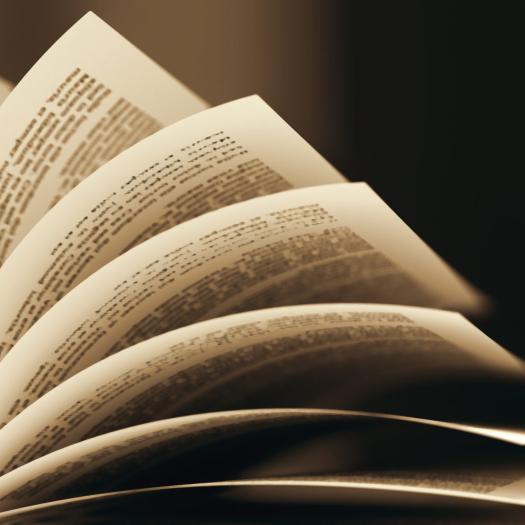Anthropozoologica 55 (1) | Nouvelle parution/new release



VIENT DE PARAÎTRE / NEW RELEASE (10/01/2020)
The exploitation of molluscs and other invertebrates in Alexandria (Egypt) from the Hellenistic period to Late Antiquity: food, usage, and tradeNicolas MORAND
RÉSUMÉ
L’exploitation des mollusques et autres invertébrés à Alexandrie (Égypte) de l’époque hellénistique à la fin de l’Antiquité : alimentation, utilisation et commerce
Plusieurs fouilles archéologiques de sauvetage menées à Alexandrie (Basse-Égypte) par le Centre d’Études alexandrines ont livré un corpus d’environ 2000 fragments d’invertébrés marins, d’eau douce et terrestres. Ces restes malacofauniques proviennent de plusieurs niveaux d’occupations d’un même quartier de la ville, le Brucheion, entre la fin du IVe siècle avant notre ère jusqu’au VIe siècle de notre ère. Grâce aux observations macroscopiques et à la loupe binoculaire, cette analyse des vestiges malacofauniques fournit des informations inédites sur l’exploitation du milieu aquatique par les Alexandrins au cours de l’Antiquité. De plus, quelques résidus de matière minérale conservés sur les coquilles ont été analysés au microscope électronique à balayage. Cette étude met en lumière à la fois des choix de consommation et une pluralité d’usages des coquilles (récipient, décoration, matière première) dans la sphère domestique alexandrine. Certaines espèces provenant de la mer Rouge et de la Méditerranée occidentale apportent de nouvelles données sur la circulation des produits d’origine marine dans l’Égypte ptolémaïque et romaine.
ABSTRACT
A number of archaeological salvage excavations conducted in Alexandria (Lower Egypt) by the Centre d’Études alexandrines have provided a corpus of around 2000 fragments of marine, freshwater and terrestrial invertebrates. These archeomalacological remains come from several occupation layers of the same district within the town, the Brucheion, dating from the end of the 4th century BC until the 6th century AD. After macroscopic observations and through a binocular microscope, the analysis of the malacofauna vestiges has provided previously unknown information regarding the exploitation of the aquatic environment by Alexandrians during antiquity. In addition, some residues of mineral material preserved on the shells have been analysed under a scanning electron microscope (SEM). This study sheds light on both consumption choices and on the variety of uses for shells (container, decoration, raw material) within the Alexandrian domestic context. Certain species from the Red Sea and the Western Mediterranean Sea provide new data on the movement of products of marine origin within Ptolemaic and Roman Egypt.
À retrouver sur/Find the article on http://anthropozoologica.com/55/1